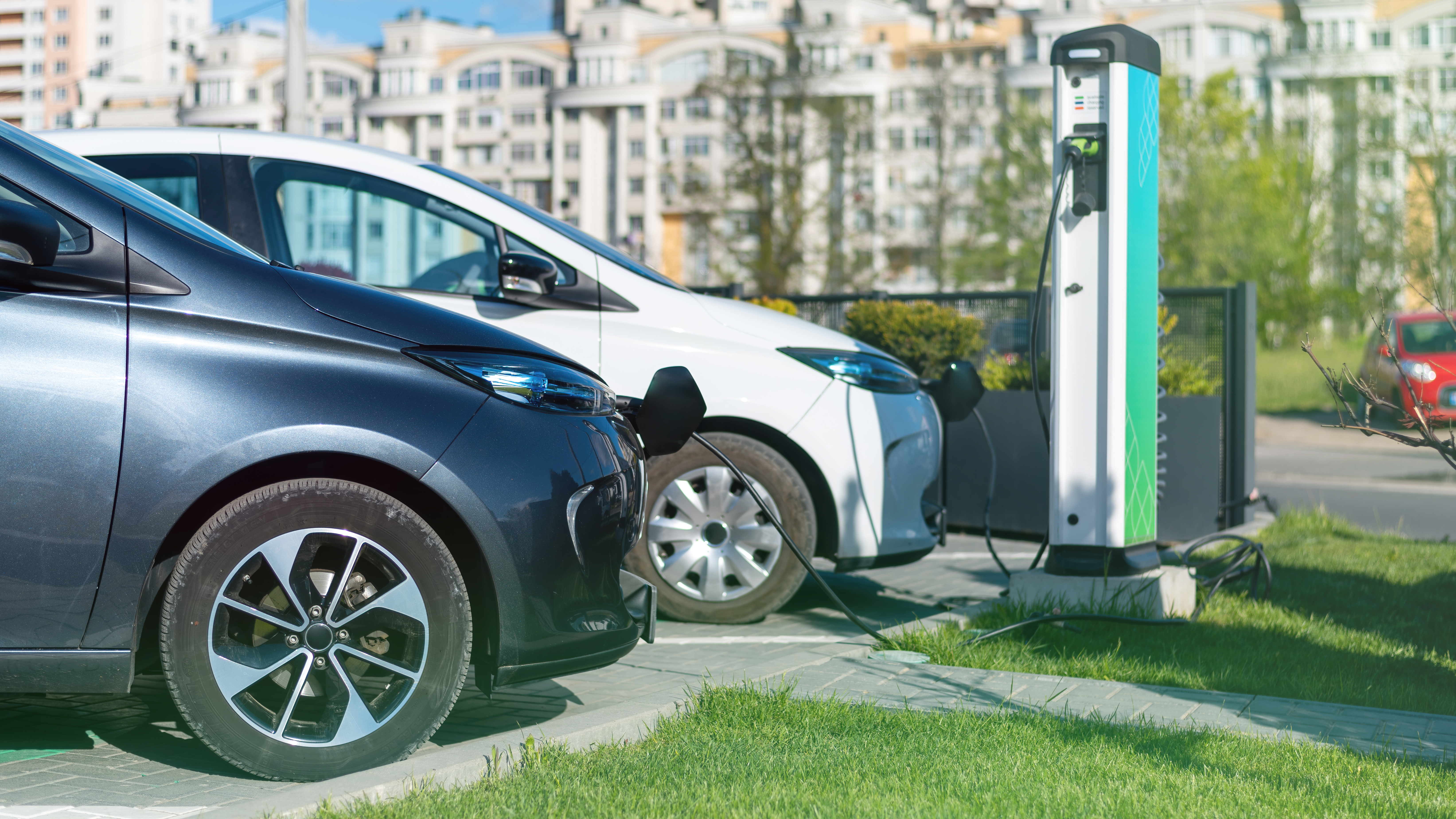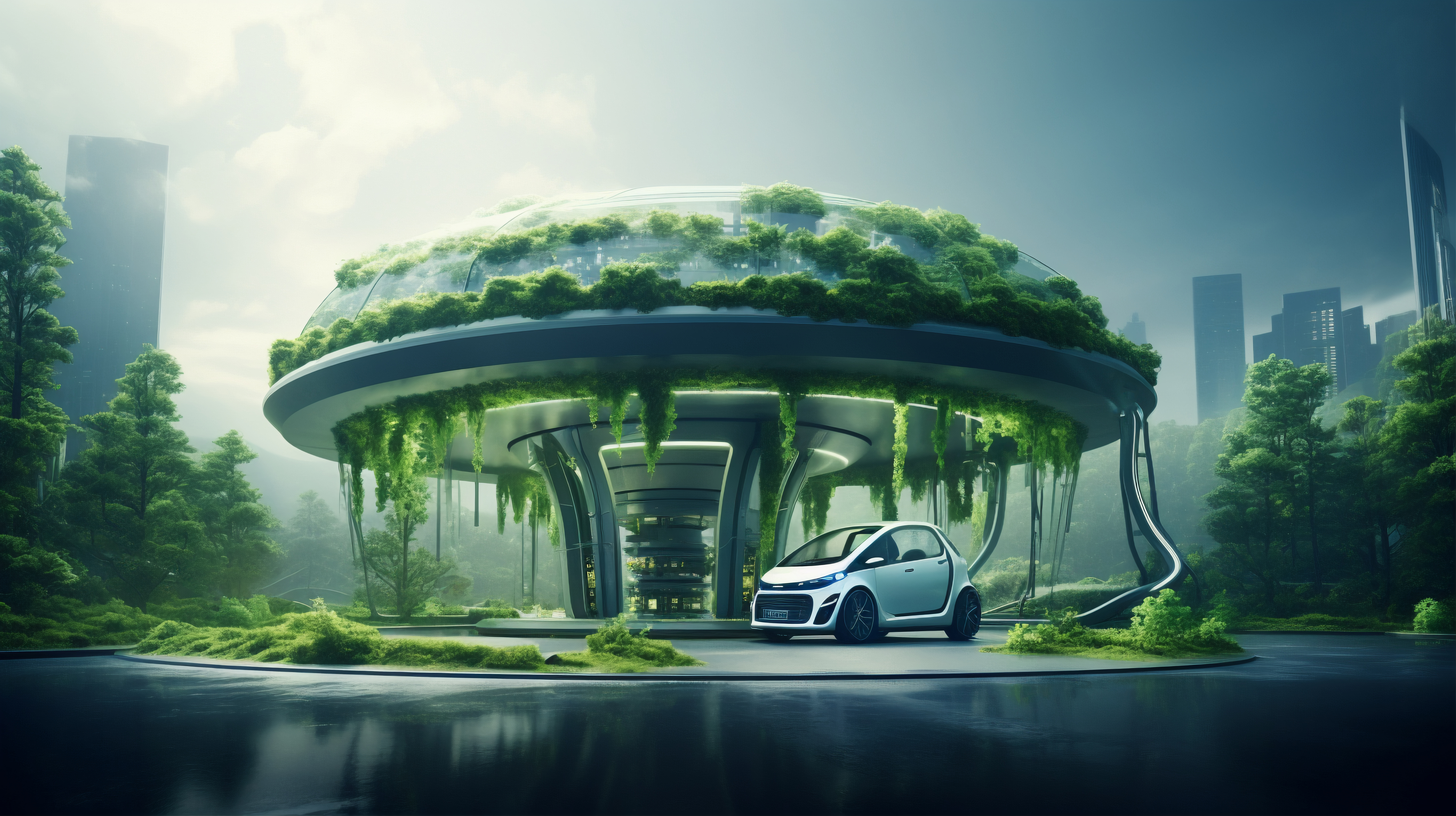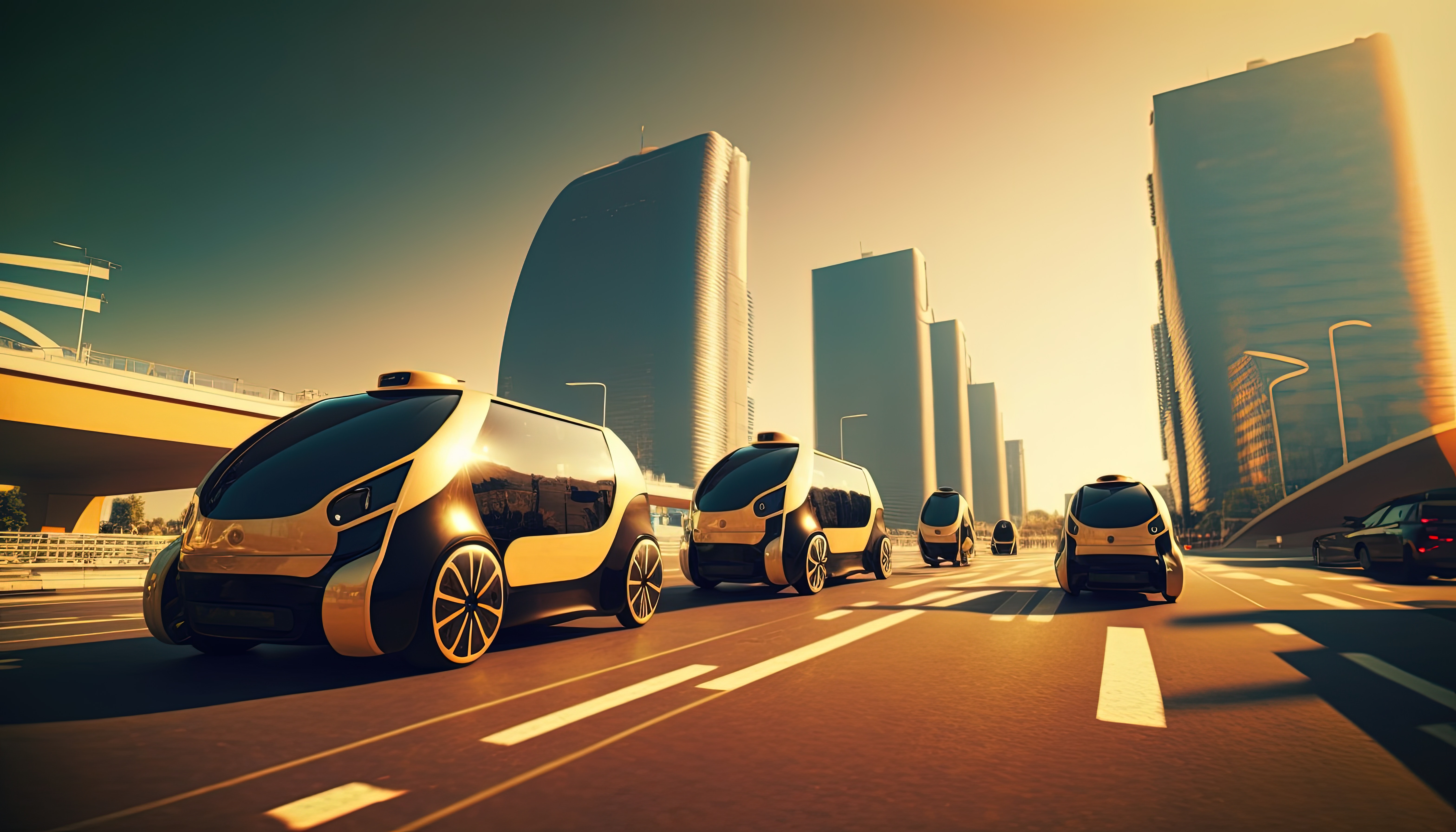The Evolution of Electric Vehicles: What’s Next for the Automotive Industry in 2024?

As we look into the dawn of 2024, the car industry has begun transforming itself and at the very heart of this transformation is the electric vehicle (EV) segment. There has been a growing revolution of EVs over the last decade and this has not only redefined the way we view transport, but also the automotive industry as a whole. In this blog we shall examine the history of electric vehicles, the forces that have fueled the rise of this segment and what we can expect in the future for this ever-evolving industry.
The first electric vehicle movement began in late 1800s with its first prototype innovation, however this movement did not gather forces until the environmental issues and battery-powered technology advancement arose in the late 20th century. The events of 2010 with the launch of Nissan Leaf, and the 2012 Tesla Model S signified a turn in events marking the times where electric vehicles are useful and desired. Now looking towards 2024, time and events have only continued to encourage and allow many manufacturers to incorporating electrification will be vital to their success.
The most important factor that contributes to the growth of electric cars is the development of battery systems. At the moment the range of lithium-ion batteries is used and it is preferred for their enhanced energy capacity, low cost, and high level of safety. Solid state batteries are expected to lead to improved efficiency and improved performance in the future which will alter our view towards energy storage in automobiles. With manufacturers spending vast amounts of money towards R&D, EVs are bound to become more realistically affordable and appealing to a mass audience in the coming years.
As the development of EVs continued in the previous decade, so did the introduction of electric vehicles on government policies and programs. Many countries have already established plans to achieve carbon neutrality by 2024, putting pressure on the automotive industry to deliver more electric vehicles. Incentive policies, including tax credits and rebates when buying electric cars, allow customers to more easily change their purchasing behavior, while investments in charging stations are aimed at the problem of the range of electric vehicles— an often voiced concern for potential buyers of electric vehicles. These types of policies will definitely bring a faster change towards a more eco-friendly automotive environment.
At the same time the competitive landscape is changing ever so rapidly. Manufacturers with traditional deep roots and experience are now competing with newcomers having a single focal point on EVs, companies such as Rivian, Lucid Motors, and Polestar that are elevating consumer expectations of an EV forward pushing the traditional OEMs to either go crazy with their own innovation or outdated. This competition brings a sense of collaboration where partnerships and joint ventures between automotive giants and tech companies for improving EVs are common. The end result is many options to the customers ranging from expensive electric cars to rough and tough electric pick up trucks.
In our visions for the future, we envision several developments in the electric vehicles segment in the year 2024 and may be even the subsequent years to follow. One of the most important one being the further development of V2X (Vehicle to Everything) AI voice and other connectivity features. Smart technology is being incorporated into the vehicle which would give rise to autonomous vehicles, self-diagnostics, and superior level safety. Not only do these add to the enhancement of the driving experience but they are also in accordance to the ever-growing needs of the consumers to be connected and have convenience in their lives.
A separate but equally important trend is the development of green manufacturing techniques. With the increasing awareness of environmental problems, consumers are paying increasing attention to the lifecycle of the products they buy. This has led the automobile industrialists to adopt greener production, use recycled materials, and ethically source their supply. This approach towards sustainability will not only foster customer loyalty but also improve the image of electric vehicles as a viable option for the public.
Also, the growth of charging infrastructure is expected to be key in the year 2024. However, with the transition being made to electric vehicles, the charging need will still be prominent on account of it being either compatible or necessary to have charging solutions. Fast charging stations, home charging, wireless charging are one such areas that are only going to increase and make the transition of consumers adopting EV’s into their lifestyle considerably more seamless. Provision of charging will be an important factor to tackle any other caveats to EV adoption.
In conclusion, the history and future prospects of electric vehicles do indicate the willingness of inventors, policy makers, and consumers towards sustainability. As we move towards the year 2024, the automotive sector in particular will see many exciting times and transformations that will change mobility and re-define it. With a constant wave of technological advancements and a push for greener alternatives and an expanding ecosystem, the future of domestic market loos positively optimistic. Be it an EV owner for years or someone unpacking their first electric vehicle, the ride ahead promises to be nothing short of fascinating. Hang on as the evolution of vehicles gets one step closer to reality.

